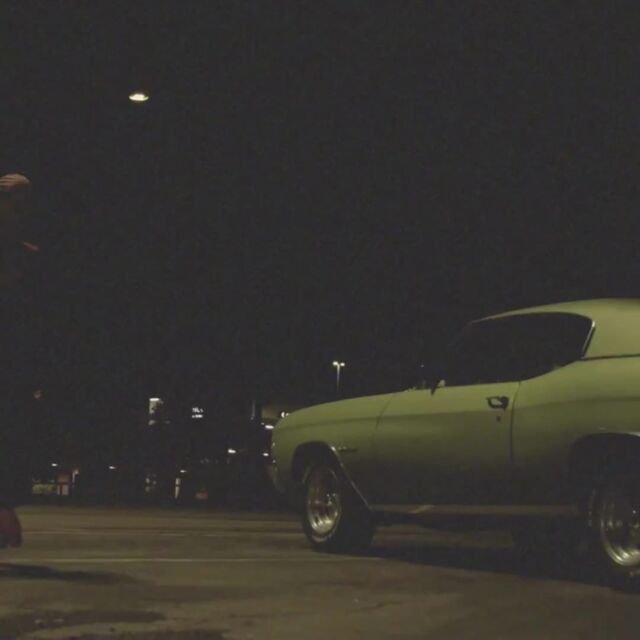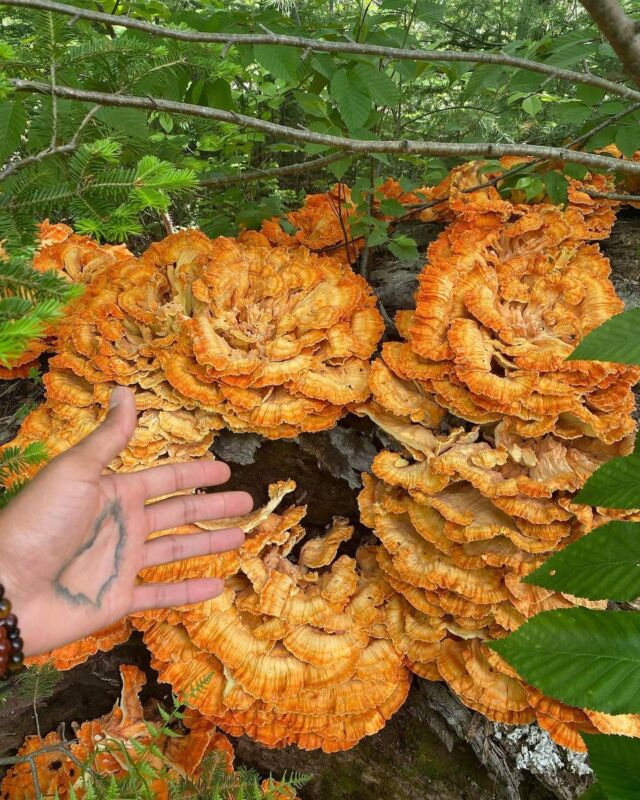The UNEARTHED series documents Black land histories, celebrates ancestral knowledge, and uplifts our personal connections to place through in-depth interviews. Land histories encompass memories, family stories, inherited recipes, and personal connections that shape the character and legacy of a specific place. Each story is a joyful call to action to share our stories, celebrate our heritage, and renew our kinship with the natural world.
In 1982, Reverend Dr. Benjamin Chavis returned home to eastern North Carolina to march alongside his neighbors, friends, and strangers of every creed and color against the placement of toxic waste in Warrenton, North Carolina. Rev. Dr. Chavis was arrested, and he coined the term “environmental racism” from his jail cell. Now forty years later, the Environmental Justice movement remains a powerful testament to the people who gathered, marched, and were arrested as a result of fighting for their right to a healthy and safe environment. Rev. Dr. Chavis shared with us his story: his connection to the small community in Warrenton as well as his outlook for the future of the movement he helped birth.
Earth in color Where do you call home?
benjamin chavis I was born in Granville County, in Oxford, North Carolina. My family, the Chavis family, has been in Granville County for over 200 years. My great-great-great grandfather, Reverend John Chavis, also from Granville County, was the first African American to be ordained in the Presbyterian Church in the United States. I’ve come from a long legacy of ministers, freedom fighters, civil rights organizers, and activists. One of the reasons why I got involved in the civil rights movement so early, as a teenager, was because this is my family history and legacy.
Later, I got very involved in the environmental movement. The civil rights movement was a direct connection to the environmental movement. However, back in the late 60s and early 70s, the environmental movement was considered an all-White movement. There was only concern about conservation. Things began to shift when the Warren County protests happened in 1982 in response to toxic PCBs (polychlorinated biphenyls) being dumped in Warren County, a predominantly Black community. Warren County is very close to Granville County where I grew up and my home church, the Oak Level United Church of Christ, is in Warren County. So I spent a lot of time in Warren County, even before the environmental justice protests in 1982. I was arrested several times in Warren County on other civil rights matters during the school desegregation days. Granville County, Vance County, Warren County, and Durham County, are all kinds of connected. Those are the territories where I emerged as a civil rights organizer.
My whole life has been involved in civil rights, but Warren County was a pivotal moment. Over 500 people, including myself, were arrested protesting the PCB site, which the state of North Carolina had designated as a dumping ground for tons of cancer-causing toxins that would harm the local Black community. It wasn’t predominantly Black, it was an all-Black community in Warren County, and that issue needed to be protested. These public protests ignited what is now known as the Environmental Justice movement.
EIC What has been your relationship with the environment? Any pivotal nature memories?
BCWhen I say that my family has been in Granville County for over 200 years, it’s because we’ve owned land in Granville County for over 200 years. We practiced agriculture; we’re very close to the land. When I was growing up, we grew all of our vegetables, all of our foodstuff, on our own land. We very seldom had to go to what is called “a grocery store or a food store,” the food store was on our land. So I grew up having a very close relationship to nature. My grandmother and mother would go out and get herbs that were growing naturally in our backyard. When somebody got sick, we didn’t go to the pharmacy, we went out and got herbs to cure them.
“When I was growing up, we grew all of our vegetables, all of our foodstuff, on our own land. We very seldom had to go to what is called ‘a grocery store or a food store,’ the food store was on our land.” Dr. Ben Chavis
My father would take me out to the woods, and I had to be able to not only recognize an oak tree from a pine tree, but I also had to know the different leaves. I can still tell you the difference between all the leaves and how to distinguish poison ivy from regular ivy. Having a relationship with nature and the environment, I understood at a very young age the importance of not only owning land but also seeing the land as fertile and productive. I learned to see the land and its connection to my family, and how the land was able to keep my family healthy.
Eic What was your part in the Warren County protests? What did you observe there? What inspired you?
BC I think it was interesting that what started as a predominately African-American struggle, a time of movement building and protesting, soon became multiracial unity in Warren County. This was significant in the 1980s. At the time, you didn’t see that many Blacks and Whites and Latinos willing to go to jail together. But that happened in Warrenton.
As I reflect on what happened forty years ago, I am impacted by the sheer courage of people to lay down in the street in front of those big trucks, not knowing whether the trucks were going to run over them. Thank God there were no injuries or fatalities; the state troopers who were there stopped the trucks and kept them from running over us. But of course, after they stopped the trucks, they started arresting the people who were lying in the street. I believe that Warren County’s struggle will go down, not only in civil rights history, but also in environmental justice history as one of the most courageous protest demonstrations.
Eventually, they did dump the PCB in Warren County, but I think the significant thing about Warren County was the courage and the massive protests that led to national media coverage. And because it got national media coverage, other communities began to contact the Commission of Racial Justice and other agencies and say, “what went on in Warren County is going on in our communities.” We began to find ways to start networking and building a movement because we found out that what happened in Warrenton in 1982 was not isolated. In fact, it was symptomatic, and the tip of a larger iceberg that was unheard of—undiagnosed. We began to uncover injustices that had existed all over the United States of America.
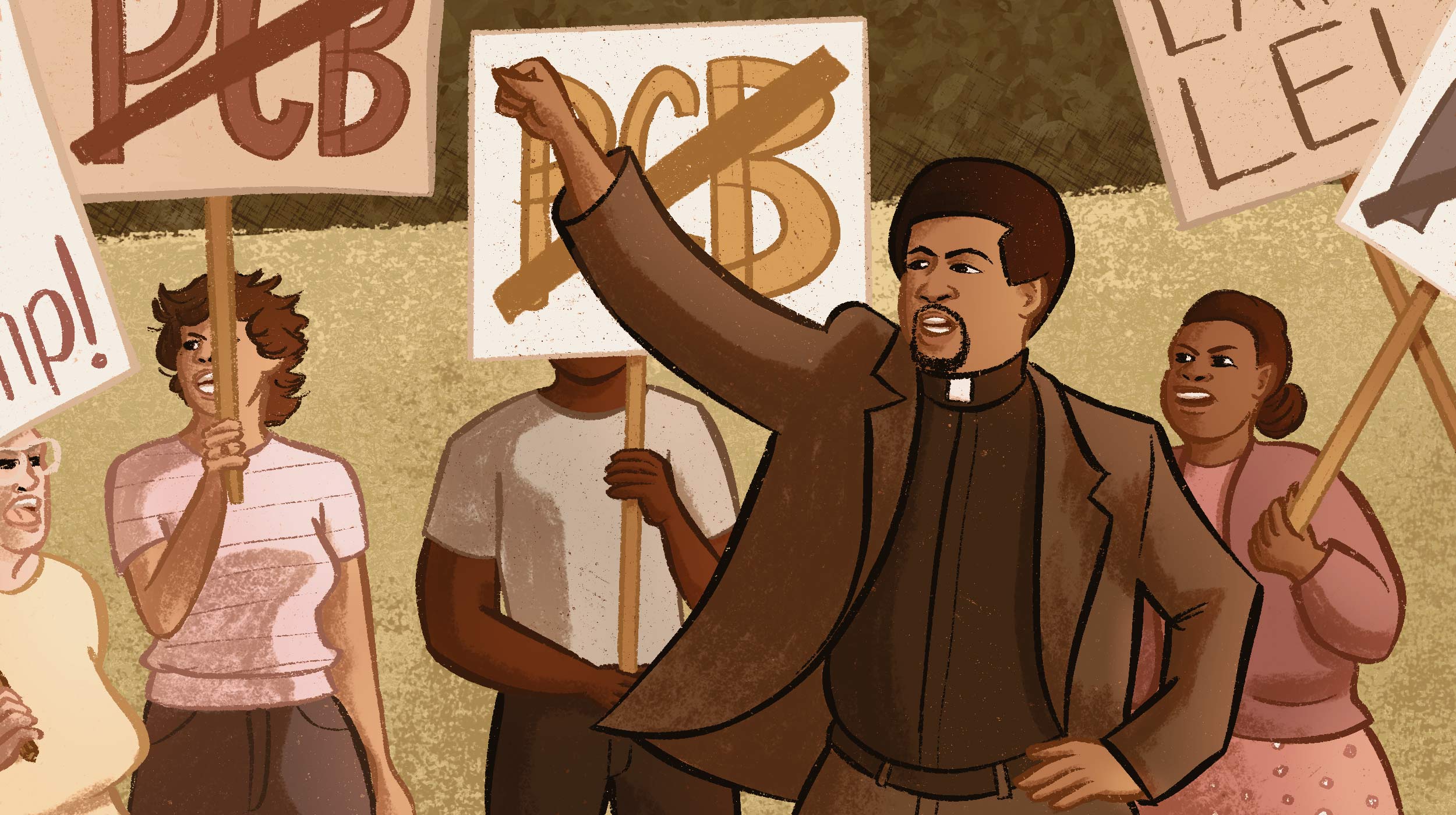
EIC Was Warren County your first foray into environmental justice?
BCNo. My first arrest with the environmental movement was in Warren County, and I coined the term environmental racism as a result of that experience in 1982. But prior to that, I was the executive of the United Church of Christ Commission for Racial Justice. A lot of our churches in the southern conference of the United Church of Christ were rural churches. In my role as a United Church of Christ minister, I had very often challenged water rights in many of these communities, also pollution (clean air) and land rights. African Americans were and continue to lose land by thousands of acres a day, not only in North Carolina but also throughout the South. And so, I got very involved in environmental health rights as well as environmental land rights prior to Warren County.
But I would say Warren County was pivotal because of the one kind of national media attention.There were probably other demonstrations and other challenges to environmental injustices. But the significance of Warren County was that because so many people were arrested, it brought national attention. At the time, the Environmental Protection Agency (EPA) was in denial of any correlation between civil rights and the environment. In fact, they challenged us. Even some of my colleagues at the time, in the civil rights movement, were a little cautious. But I was trying to say, “no, this is civil rights. This is racial justice. This is economic justice.”
“I think there’s a tendency to see some of these movements in silos, but I believe that there are many intersections in these disciplines and in these movements.” Dr. Ben Chavis
I think there’s a tendency to see some of these movements in silos, but I believe that there are many intersections in these disciplines and in these movements. As Dr. King used to say, “an injustice anywhere is a threat to justice everywhere.” So, to me, all these movements for social justice are really connected. But it takes leadership, it takes affirmation, it takes working together. That’s why I’m so proud of the Environmental Justice movement—because as it emerged, it became really, truly multicultural and multiracial.
EIC What gives you hope as we move forward in the Environmental Justice movement today?
BC There are three things that give me hope.
Number one, the movement is now a truly global movement. It’s not just a movement that’s confined to the United States. Secondly, I think what gives me hope is that more and more young people seem to have a social consciousness about the importance of the environment, the importance of climate, and the importance of racial justice and social justice. And lastly, I think we’ve come a long way. We’ve learned a lot, there’s been a significant amount of research, and there have been many more books written.
But I think that there’s still much more to be done. I think that the Biden-Harris administration gives me hope because they advocate. President Biden signed an executive order on equity and on environmental justice, which I thought was very important. So there’s more than ample reason to have hope. But at the same time, hope has to be translated into action. Hope has to be translated into people actually organizing, people actually joining together and winning some victories. What gives movements some sense of longevity is that you can point to the victories that we win, not just to defeats that we suffer.
EIC What would you say to people who don’t see the inherent connection between civil rights and the environment?
BC I think that part of the problem we face in the world today is that people first distinguish what divides them from others, rather than to affirm our commonalities. The historical Green Movement or the historical environmental movement was racially exclusive. The Green Movement today is much more, I would use the term, desegregated. I would say it’s much more integrated. But we still have a long way to go.
There’s a lot to be learned from seeing the connective tissue between the Green Movement and the Black movement. I see it as one movement, quite frankly. And as these movements converge, I think more people will see the benefit of not only working together and tolerating one another but also affirming the equal worth of all of humanity.
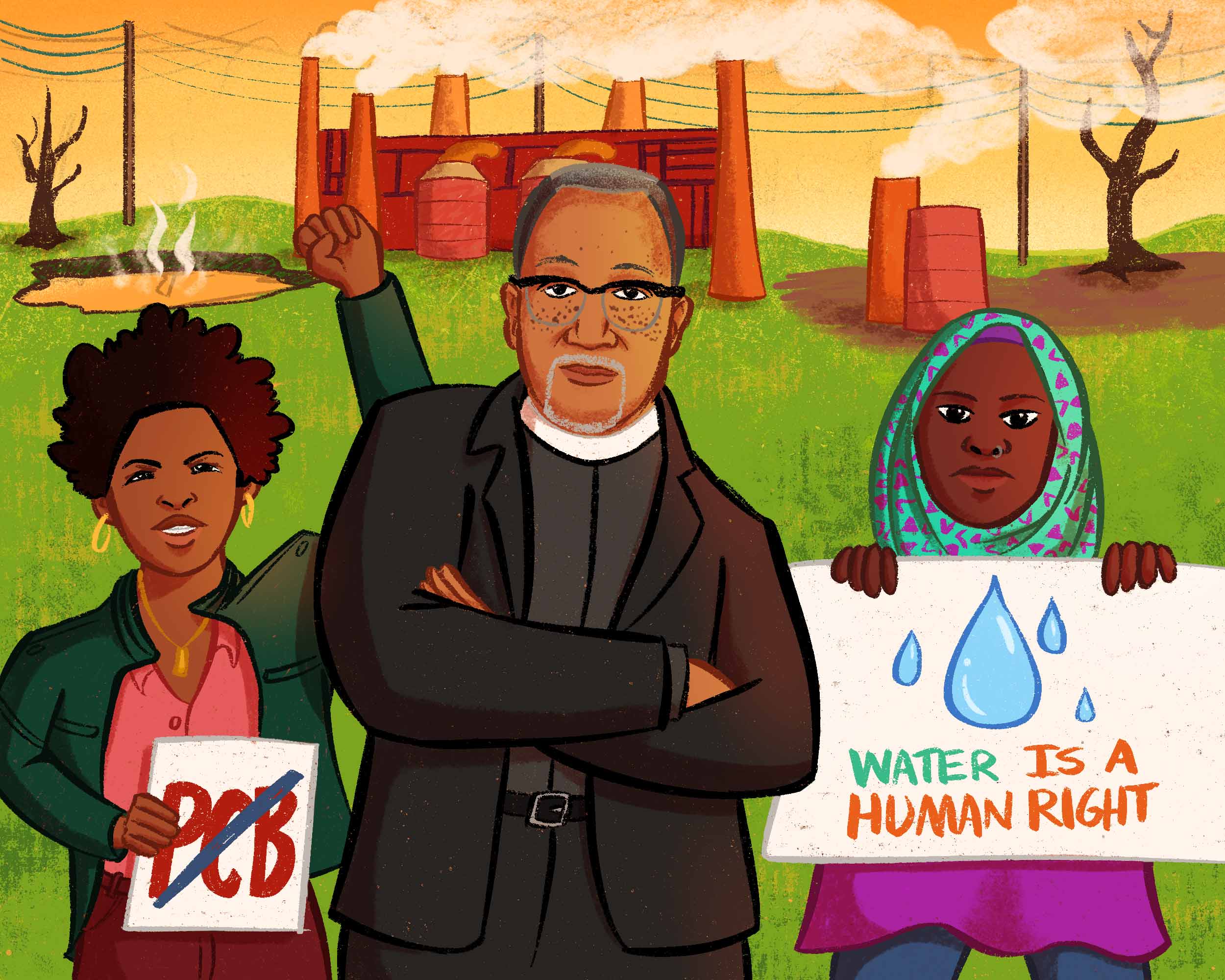
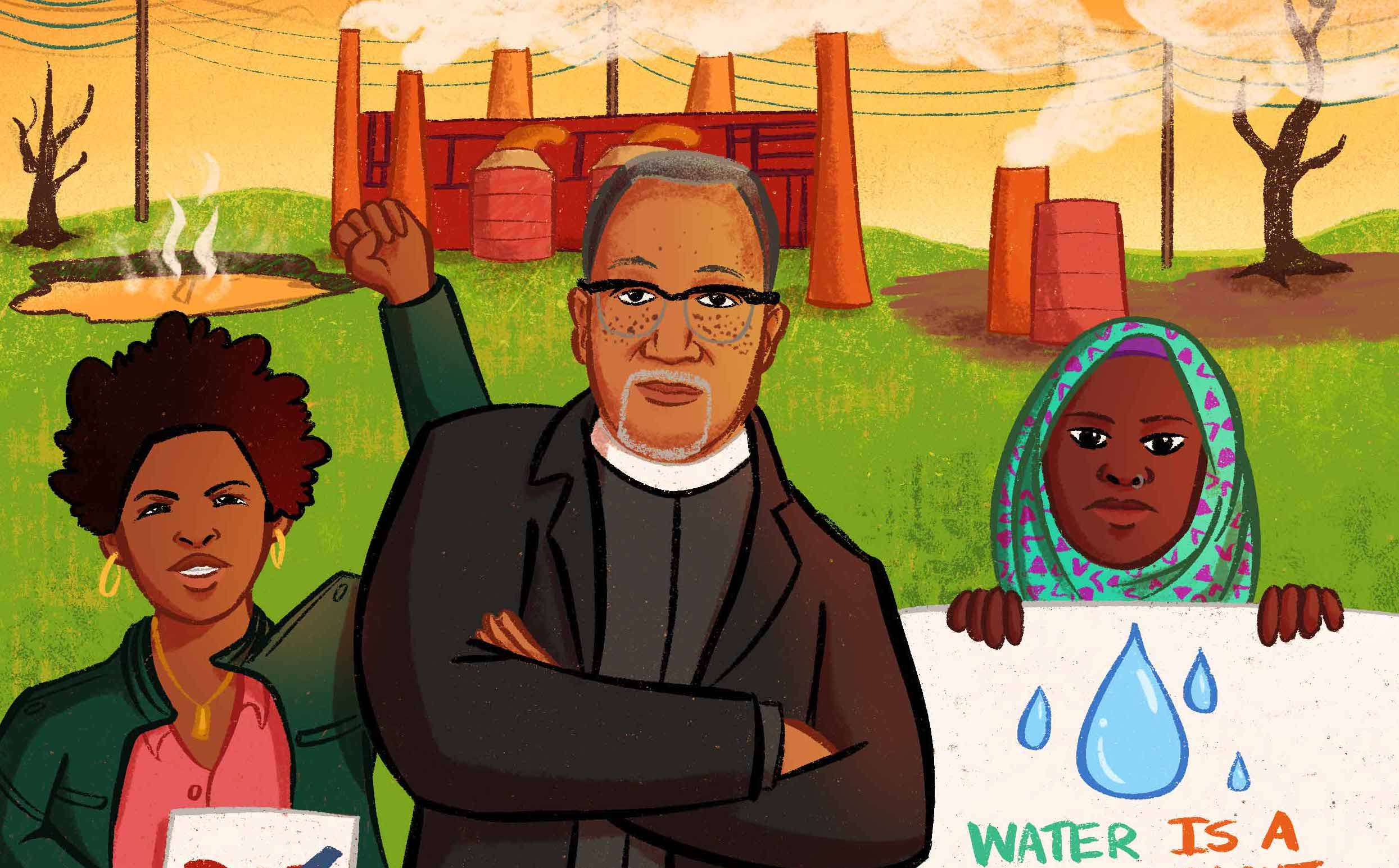








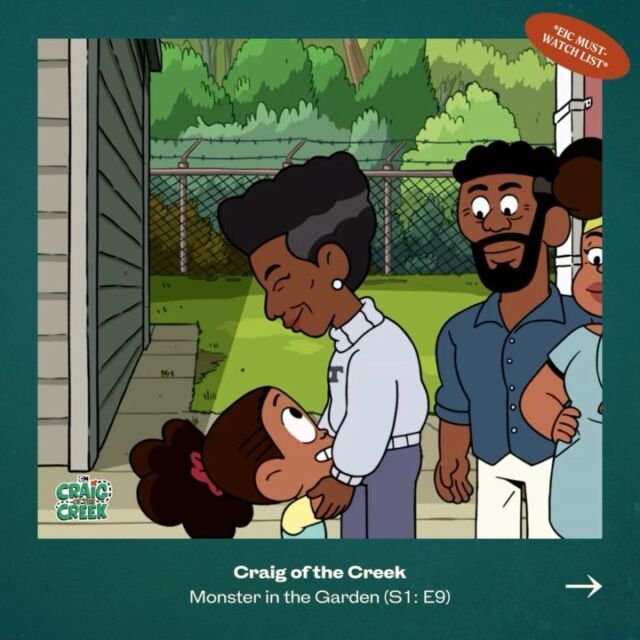

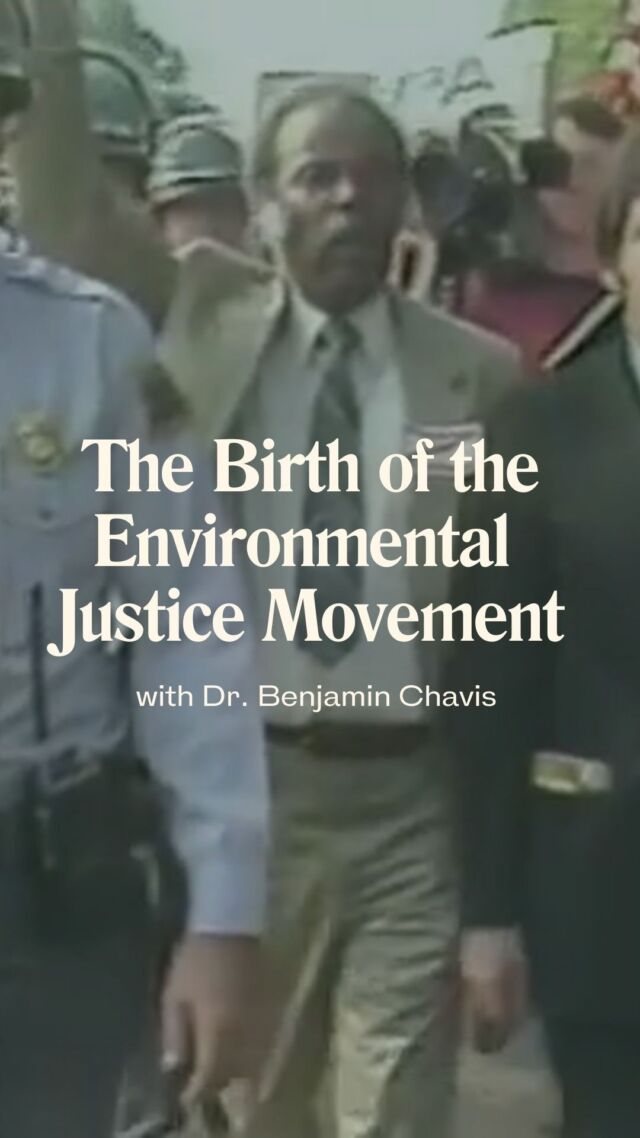










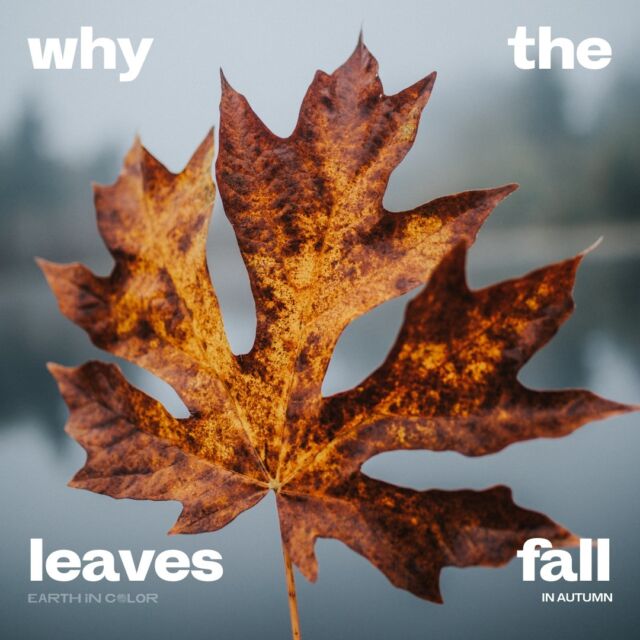
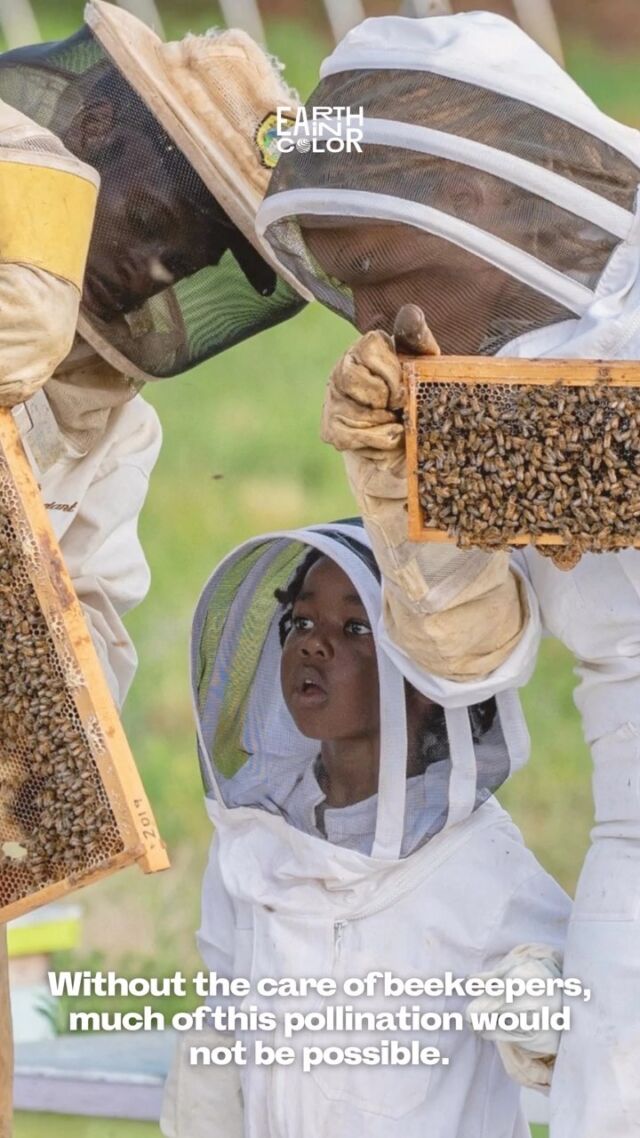
![Did you know you could be buying fake honey? 👀🍯
According to @detroithives co-founder Timothy Paule Jackson, “ninety percent of most honey that you get in big box stores is fake.” To make sure you’re getting the real stuff, he suggests checking out the nutrition label. Fake honey will have ingredients like “high fructose corn syrup, peach syrup, [and] it’ll have some type of sugar.” Avoid honey labeled as “pure” or “pasteurized,” and instead look for words like “raw” or “local.”
And with winter approaching, it’s the perfect time to stock up — not only is it full of vitamins and minerals, but real honey can also be used as a remedy for sore throats and coughs. Swipe to check out some of our favorite Black-owned bee farms and Black beekeepers selling the good stuff 🐝🍯](https://earthincolor.co/wp-content/uploads/sb-instagram-feed-images/314552686_126502226881255_7598404171432106028_nfull.jpg)
